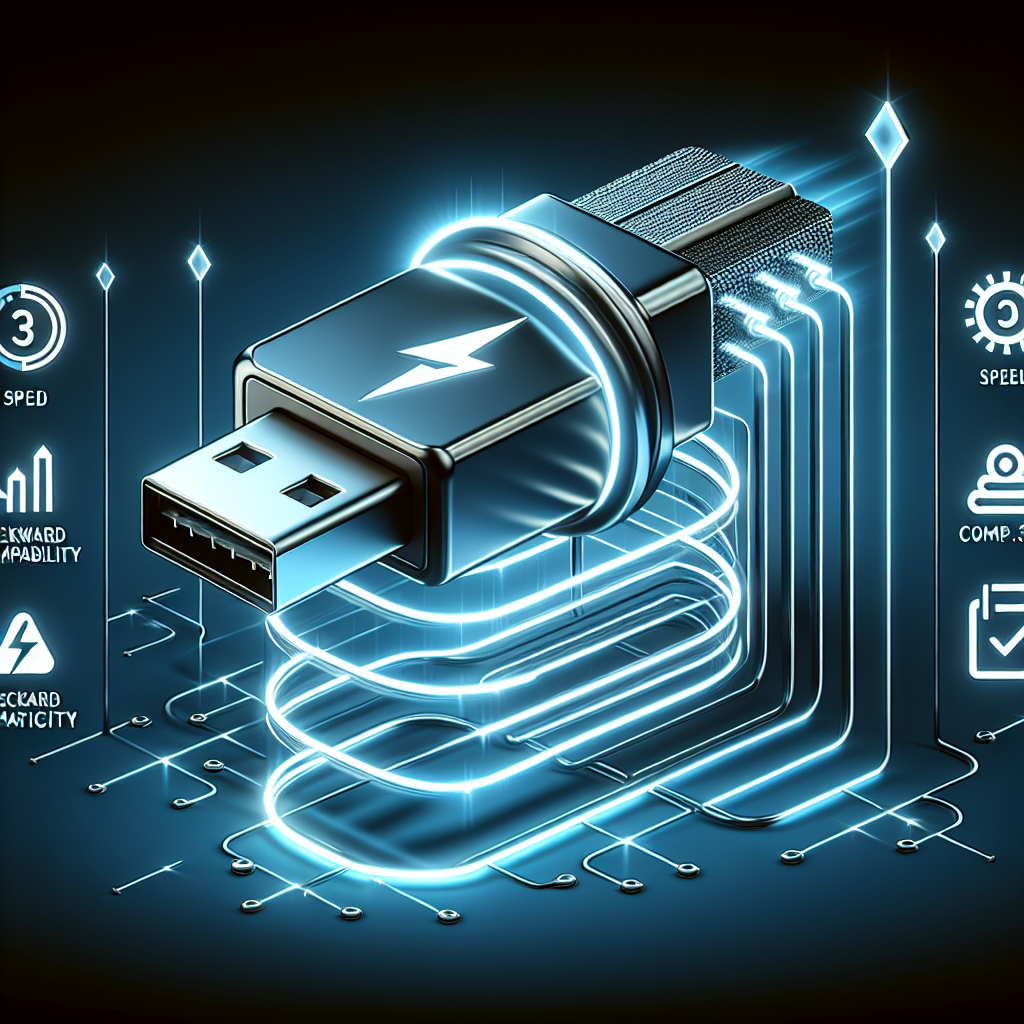Your cart is currently empty!
A Comprehensive Guide to USB 3.0: Features, Compatibility, and More

USB 3.0, also known as SuperSpeed USB, is the third major version of the Universal Serial Bus (USB) standard for connecting electronic devices. It offers faster data transfer speeds, improved power management, and increased bandwidth compared to its predecessor, USB 2.0. In this comprehensive guide, we will take a closer look at the features, compatibility, and benefits of USB 3.0.
Features of USB 3.0:
1. Faster data transfer speeds: One of the key features of USB 3.0 is its increased data transfer speeds. It can transfer data at a rate of up to 5 Gbps, which is ten times faster than USB 2.0’s maximum speed of 480 Mbps. This makes USB 3.0 ideal for transferring large files such as high-resolution photos, videos, and music.
2. Improved power management: USB 3.0 provides better power management capabilities, allowing devices to charge faster and more efficiently. It also supports higher power output, making it suitable for charging power-hungry devices like smartphones and tablets.
3. Backward compatibility: USB 3.0 is backward compatible with USB 2.0 and USB 1.1 devices, meaning you can still use older devices with a USB 3.0 port. However, you will only get the maximum speed and performance benefits when using USB 3.0-compatible devices.
4. Increased bandwidth: USB 3.0 offers increased bandwidth, allowing for faster data transfer rates and improved performance. This makes it ideal for connecting external hard drives, SSDs, and other high-speed storage devices.
Compatibility of USB 3.0:
Most modern computers, laptops, and peripherals are now equipped with USB 3.0 ports, making it widely compatible with a range of devices. To check if your device has a USB 3.0 port, look for a blue-colored port or the SuperSpeed USB logo next to the port. If your device does not have a USB 3.0 port, you can still use a USB 3.0 device with a USB 2.0 port, but you will not get the maximum speed benefits.
Benefits of USB 3.0:
1. Faster file transfers: With USB 3.0’s faster data transfer speeds, you can transfer files quickly and efficiently, saving you time and improving productivity.
2. Improved power management: USB 3.0’s enhanced power management capabilities allow for faster charging of devices, reducing the time it takes to charge your smartphone, tablet, or other devices.
3. Increased bandwidth: USB 3.0’s increased bandwidth means you can connect multiple high-speed devices simultaneously without experiencing any slowdown in performance.
In conclusion, USB 3.0 offers faster data transfer speeds, improved power management, and increased bandwidth compared to USB 2.0. It is widely compatible with a range of devices and offers several benefits, including faster file transfers, improved power management, and increased bandwidth. If you’re looking to upgrade your devices for faster and more efficient connectivity, USB 3.0 is the way to go.

Leave a Reply